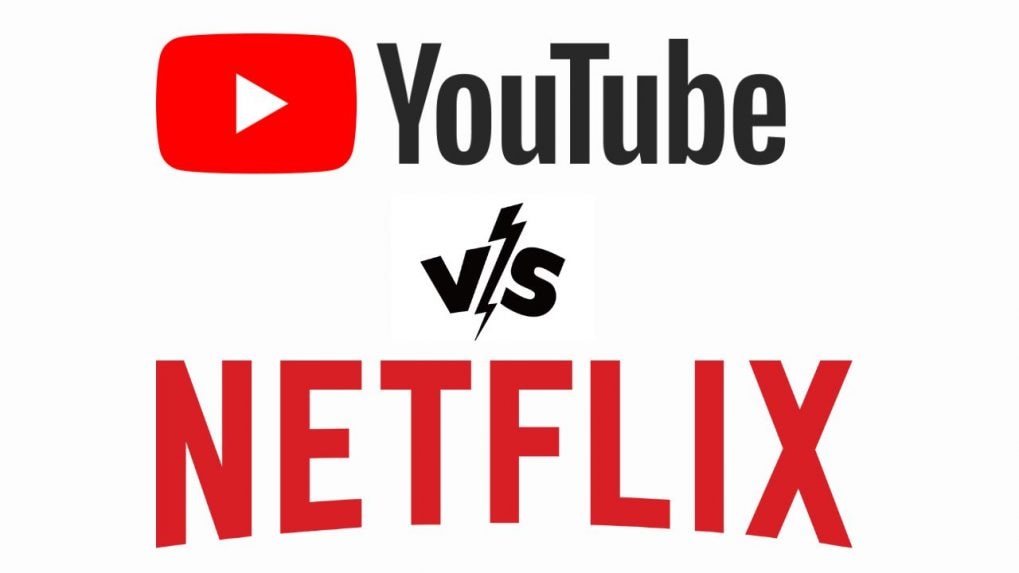How the streaming battle has come down to YouTube and Netflix
According to Nielsen, the two platforms accounted for 20% of all television viewing time in the United States in May (12.5% for YouTube, 7.5% for Netflix) Meanwhile, Disney, with multiple streaming services (Disney+, Hulu, ESPN+), accounted for 5% only.
ADVERTISEMENT
Netflix executives for years had dismissed the idea that the company had any true competitors. Co-founder Reed Hastings once claimed that Netflix’s real competition was people choosing to sleep or socialize. But YouTube can no longer be ignored.
According to The New York Times, Netflix and YouTube are now engaged in an escalating battle for dominance of the television screen — a rivalry even Netflix’s leadership can no longer brush aside.
For years, increasing subscriber numbers to their streaming services was the ultimate goal for media companies. Now, those companies are trying to increase the amount of time viewers spend on their service.
Read more: Prime Video’s Multi-Tier Maze: Is Amazon undermining trust in India’s OTT boom?
On that score, YouTube and Netflix stand above the competition, the article noted.
According to Nielsen, the two accounted for 20% of all television viewing time in the United States in May (12.5% for YouTube, 7.5% for Netflix). The next closest streaming competitor is Disney, whose multiple streaming services (Disney+, Hulu, ESPN+) together accounted for 5% of TV time in the same period.
Two years ago, YouTube’s share of TV time was roughly half a percentage point higher than Netflix’s — now it is 5 percentage points.
Their strategies for success are very different, but, in ways large and small, it’s becoming clear that they are now competing head-on, the article noted.
"Top executives at both companies are beginning to mention each other in public more, sometimes dismissively. And the companies are veering into each other’s turf, with Netflix executives showing an increased appetite for signing up creators who otherwise call YouTube their home — and trying to explain why their business model would be better for them," the article read.
Read more: Amazon doubles Prime Video ad load to 4–6 minutes per hour
In 2024, Netflix generated $39 billion in revenue and surpassed 300 million global subscribers — more than any other streaming platform. The company is also highly profitable, reporting over $10 billion in operating income last year.
Meanwhile, YouTube, owned by Google, brought in $54 billion in revenue, second only to Disney among media companies. However, media analysts at MoffettNathanson projected that YouTube would overtake Disney in revenue this year, dubbing it “the new king of all media.” While YouTube does not publicly disclose profits, the firm estimated its 2024 operating income at just under $8 billion.
On average, YouTube has an audience of 7 million viewers watching off a TV set at any given moment during the day, more than Netflix’s daily average of 4.7 million, according to Nielsen. During prime-time hours, however, when the highest concentration of viewers is watching TV, the margins are tighter. An average of 11.1 million Americans are tuned into YouTube on their TV screens at night this year while 10.7 million are watching Netflix.
Read more: Netflix and Spotify discuss partnership on live music content
It’s worth noting that Nielsen only tracks viewership on television screens. Both Netflix and YouTube have massive audiences who also watch on smartphones, tablets, and laptops. According to Netflix, about 70% of its viewers watch on a TV, while the remaining 30% use other devices.
The article further notes that in recent months, Netflix has licensed shows from creators who used to be primarily on YouTube.
For instance, “Ms. Rachel,” a children’s program that appears on YouTube, has also been streaming on Netflix since the beginning of the year, to great success. Netflix has also brought on shows like the game show “Pop the Balloon” and “Sidemen,” a popular British YouTube group. The company has also been in discussions with representatives from other popular YouTube channels, including Mark Rober, Dude Perfect, Danny Go and Gracie’s Corner, according to two people familiar with the negotiations.
Read more: Netflix targets 2x ad revenue growth in 2025
While both companies have tech roots, the article also pointed out how as with the competition between the iPhone and Android smartphones, Netflix and YouTube are essentially two different systems: a closed platform (Netflix) versus an open one (YouqaTube). And while Netflix’s recommendations for viewers are far ahead of many of its streaming competitors’, YouTube has more data inputs from users to make even more precise recommendations.

